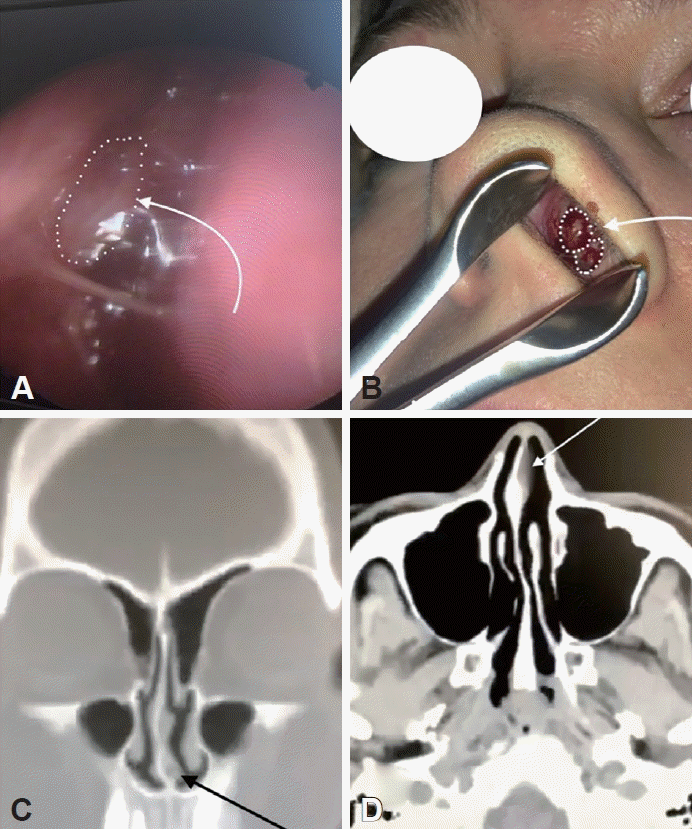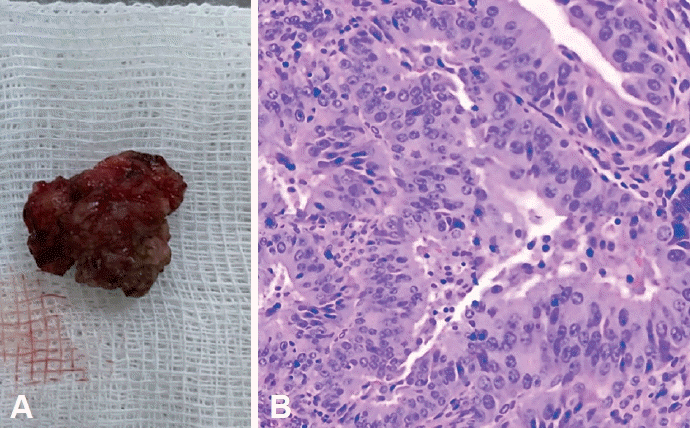1. Nisolle M, Alvarez ML, Colombo M, Foidart JM. [Pathogenesis of endometriosis]. Gynecol Obstet Fertil. 2007; 35(9):898–903.
2. Signorile PG, Baldi A. Endometriosis: new concepts in the pathogenesis. Int J Biochem Cell Biol. 2010; 42(6):778–80.

3. Simoglou C, Zarogoulidis P, Machairiotis N, Porpodis K, Simoglou L, Mitrakas A, et al. Abdominal wall endometrioma mimicking an incarcerated hernia: a case report. Int J Gen Med. 2012; 5:569–71.
4. Veeraswamy A, Lewis M, Mann A, Kotikela S, Hajhosseini B, Nezhat C. Extragenital endometriosis. Clin Obstet Gynecol. 2010; 53(2):449–66.

5. Bischoff FZ, Simpson JL. Heritability and molecular genetic studies of endometriosis. Hum Reprod Update. 2000; 6(1):37–44.

6. Simpson JL, Bischoff FZ, Kamat A, Buster JE, Carson SA. Genetics of endometriosis. Obstet Gynecol Clin North Am. 2003; 30(1):21–40. vii.

7. Simpson JL, Elias S, Malinak LR, Buttram VC Jr. Heritable aspects of endometriosis. I. Genetic studies. Am J Obstet Gynecol. 1980; 137(3):327–31.
8. Lamb K, Hoffmann RG, Nichols TR. Family trait analysis: a casecontrol study of 43 women with endometriosis and their best friends. Am J Obstet Gynecol. 1986; 154(3):596–601.

9. Donnez J, Van Langendonckt A, Casanas-Roux F, Van Gossum JP, Pirard C, Jadoul P, et al. Current thinking on the pathogenesis of endometriosis. Gynecol Obstet Invest. 2002; 54(Suppl 1):52–8. –discussion 59-62.

10. Machairiotis N, Stylianaki A, Dryllis G, Zarogoulidis P, Kouroutou P, Tsiamis N, et al. Extrapelvic endometriosis: a rare entity or an under diagnosed condition? Diagn Pathol. 2013; 8:194.

11. Andres MP, Arcoverde FVL, Souza CCC, Fernandes LFC, Abrão MS, Kho RM. Extrapelvic endometriosis: a systematic review. J Minim Invasive Gynecol. 2020; 27(2):373–89.

12. Mignemi G, Facchini C, Raimondo D, Montanari G, Ferrini G, Seracchioli R. A case report of nasal endometriosis in a patient affected by Behcet’s disease. J Minim Invasive Gynecol. 2012; 19(4):514–6.
13. Laghzaoui O, Laghzaoui M. [Nasal endometriosis: apropos of 1 case]. J Gynecol Obstet Biol Reprod (Paris). 2001; 30(8):786–8.
14. van der Linden PJ. Theories on the pathogenesis of endometriosis. Hum Reprod. 1996; 11(Suppl 3):53–65.

15. Koninckx PR, Craessaerts M, Timmerman D, Cornillie F, Kennedy S. Anti-TNF-alpha treatment for deep endometriosis-associated pain: a randomized placebo-controlled trial. Hum Reprod. 2008; 23(9):2017–23.




 PDF
PDF Citation
Citation Print
Print





 XML Download
XML Download